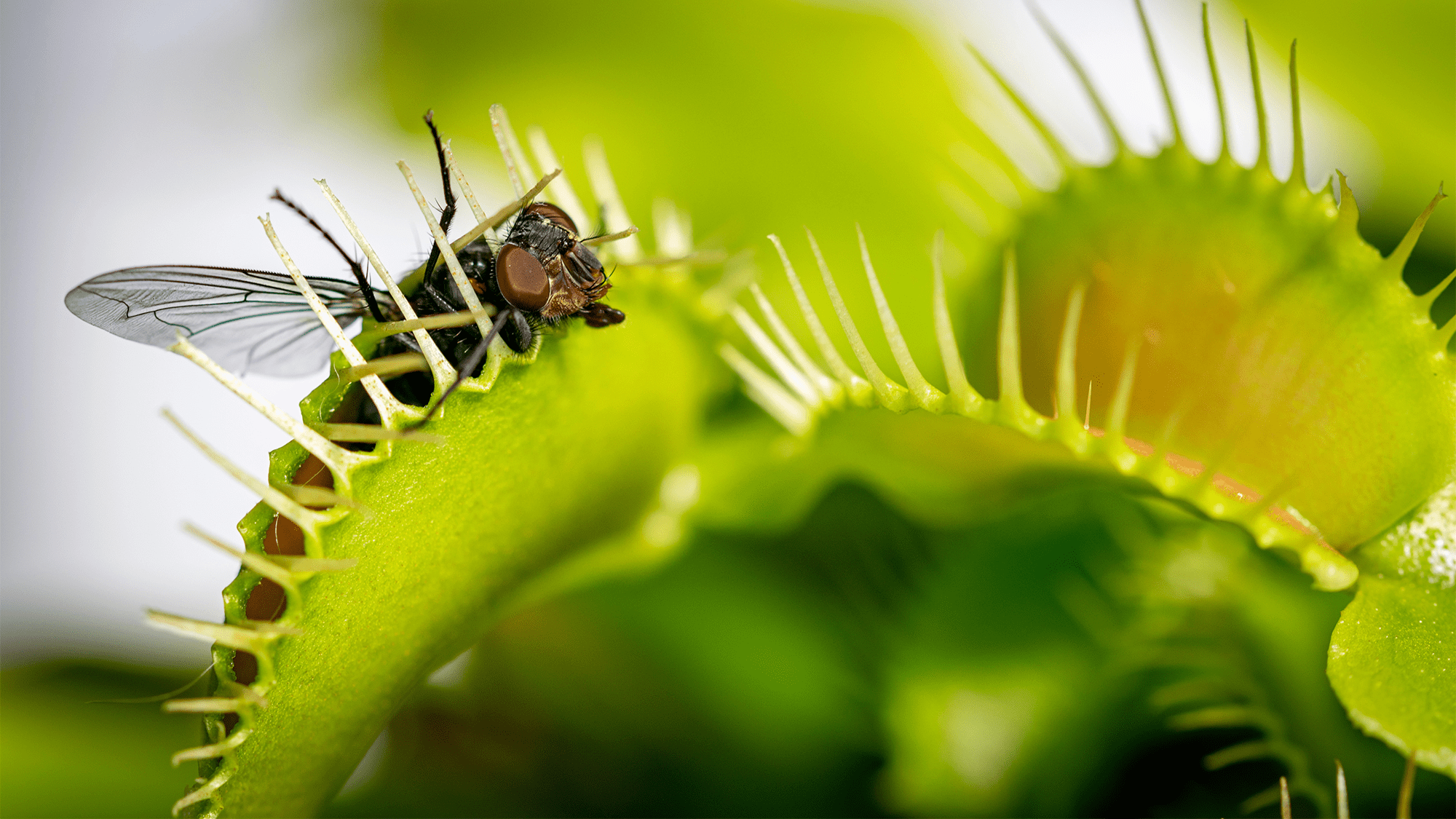On the limitations of using metric radio bursts as diagnostic tools for interplanetary coronal mass ejections by J. Kandekar et al.
NeutralScience

A recent study by J. Kandekar and colleagues explores the limitations of using metric radio bursts as diagnostic tools for interplanetary coronal mass ejections. This research is significant as it sheds light on the challenges faced in accurately diagnosing these solar phenomena, which can have profound effects on space weather and satellite operations. Understanding these limitations can help scientists develop better methods for predicting and mitigating the impacts of coronal mass ejections on Earth.
— Curated by the World Pulse Now AI Editorial System





